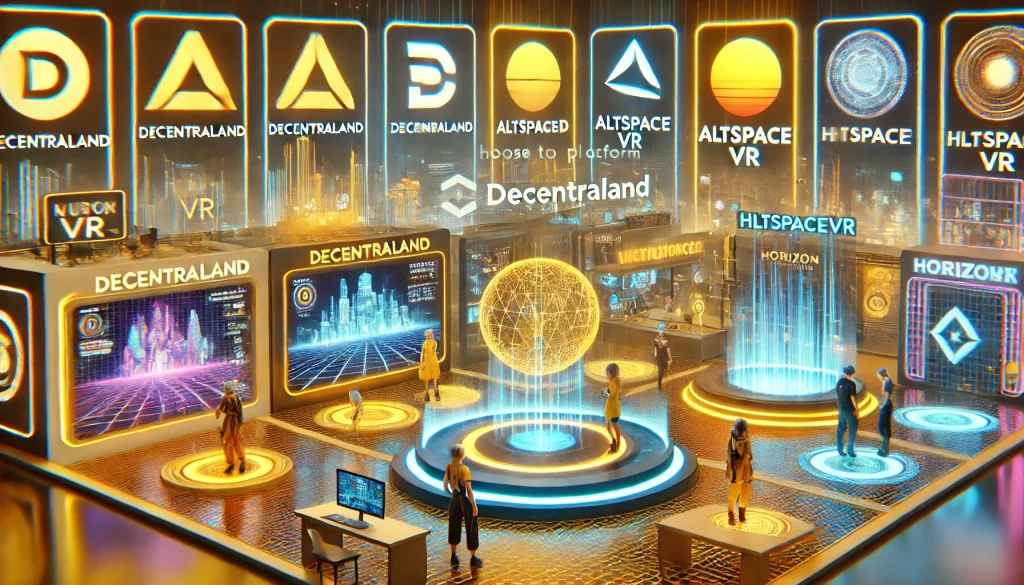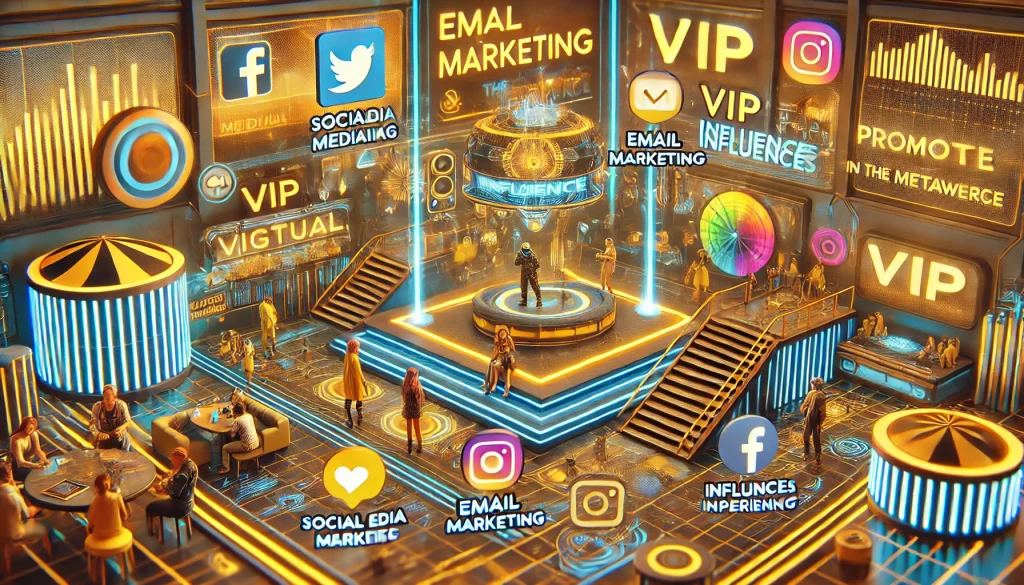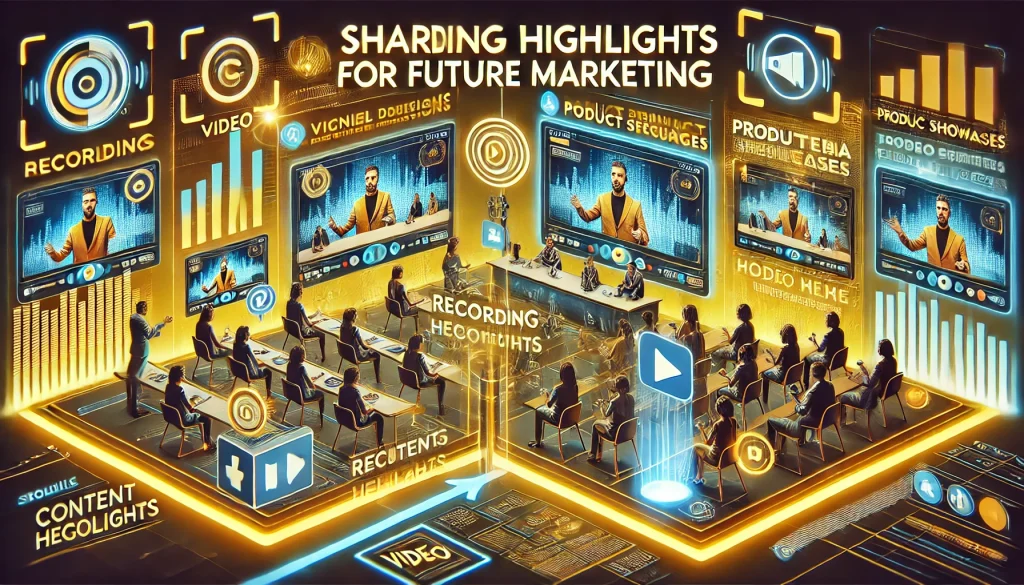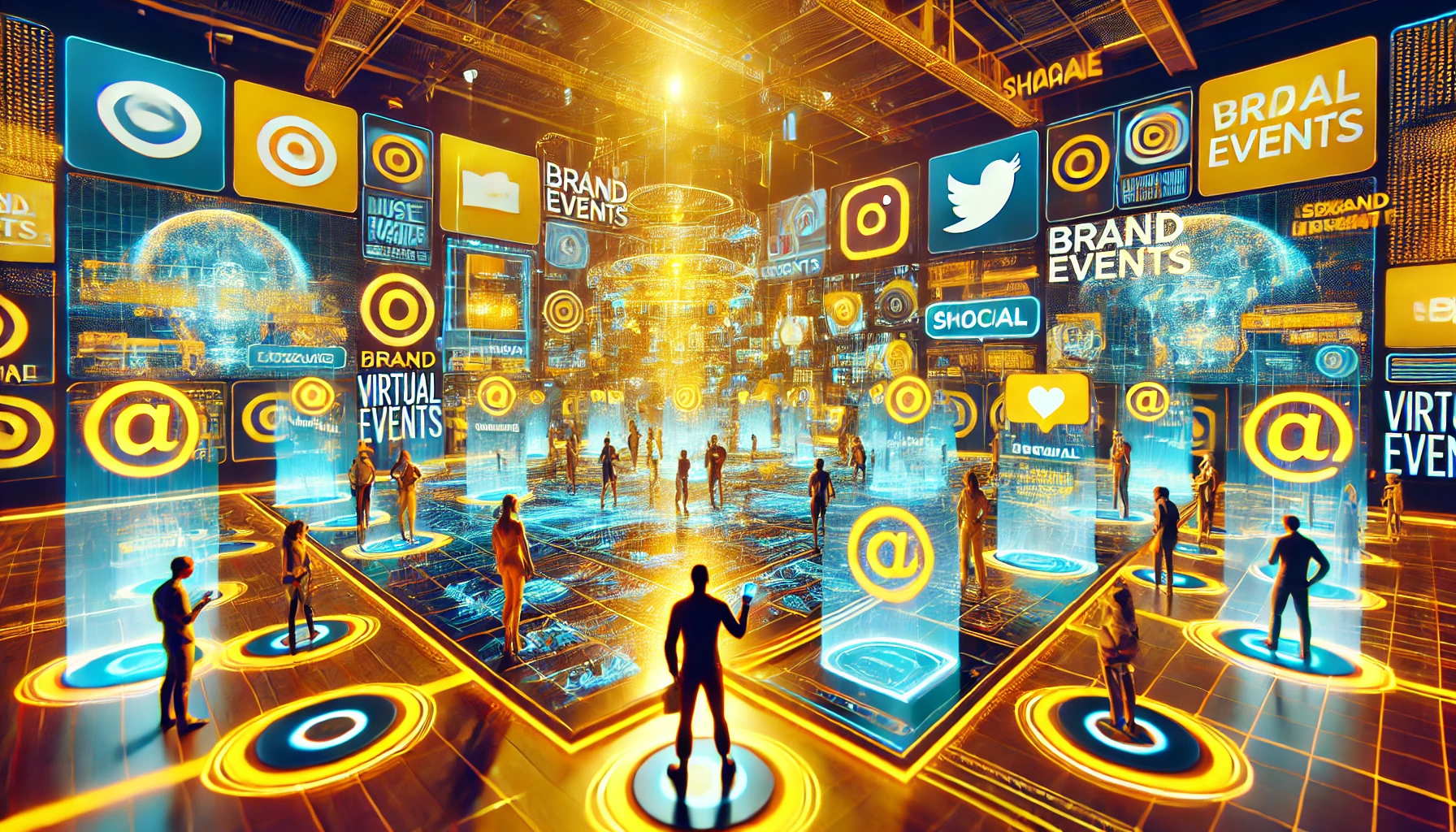In the digital age, virtual events have become a powerful tool for brands to engage with their audiences. With the rapid rise of the Metaverse, a fully immersive, 3D virtual space, brands have an unprecedented opportunity to enhance their promotional strategies. Hosting online events in the Metaverse allows companies to interact with consumers in creative and interactive ways that go beyond traditional advertising. Not only do these events offer unique branding opportunities, but they also expand the potential reach to a global audience.
Whether you’re planning corporate gatherings, everbright events, or product launches, this guide will walk you through how to use virtual events in the Metaverse to effectively promote your brand.
Materials or Tools Needed
Before hosting a virtual event in the Metaverse, there are several key materials and tools required to ensure a smooth and successful experience:
| Materials/Tools | Purpose |
|---|---|
| VR/AR Headsets | Enhances the immersive experience for attendees |
| Metaverse Platform | Platforms like Decentraland or Horizon Worlds for hosting the event |
| 3D Modeling Software | To create custom, branded virtual assets |
| Streaming Software | For live broadcasts during the event |
| Graphic Designers/Developers | To design the virtual event space and experiences |
| High-speed Internet | Essential for seamless connectivity |
These materials form the foundation of a well-executed virtual event in the Metaverse.
Step-by-Step Instructions
Step 1: Choose the Right Metaverse Platform

To host a successful virtual event, selecting the appropriate platform is crucial. Popular platforms such as Decentraland, AltspaceVR, and Horizon Worlds offer different features depending on your needs. Assess your target audience and event goals to choose the platform that best aligns with your brand. For example, Decentraland offers a decentralized virtual world, ideal for everbright events like product launches or exhibitions.
- Tip: Compare platform features like audience capacity, interactivity, and cost before making a decision.
Step 2: Design the Event Space
Once you’ve chosen your platform, the next step is designing your virtual event space. Use 3D modeling software to create an immersive environment that reflects your brand’s identity. This could be anything from a branded auditorium to a virtual product showroom. Incorporate interactive elements to engage attendees. The design should make attendees feel as though they are in a unique and exclusive setting.
- Tip: Use your brand’s color scheme, logos, and personalized assets to enhance brand visibility.
Step 3: Promote Your Virtual Event

Promotion is key to the success of any corporate event, and it’s no different for virtual events in the Metaverse. Leverage social media, email marketing, and influencer partnerships to spread the word. Highlight the unique features of your online event, such as interactive spaces or VIP experiences.
- Bonus Tip: Partner with influencers or corporate sponsors to maximize exposure.
Step 4: Engage Your Audience During the Event
The Metaverse offers endless possibilities for engaging your audience. Integrate interactive elements like Q&A sessions, polls, and live chats to keep participants involved. Consider using VR-based activities or games to further enhance the virtual experience. This type of interactivity makes attendees feel more connected to the brand and increases the overall impact of your online event.
- Tip: Offer digital giveaways such as NFTs or exclusive virtual goods to encourage participation.
Step 5: Record and Repurpose Event Content

Ensure that you record your virtual event so that it can be repurposed for future marketing campaigns. Post-event content, such as panel discussions, keynote addresses, or product showcases, can be edited and shared across platforms to extend the life of the event. Offering on-demand access to event highlights is also a great way to maintain engagement with those who couldn’t attend.
- Pro Tip: Use event footage for post-event reports and social media snippets to keep the momentum going.
Tips and Warnings
Tips for a Successful Event:
- Run a test event beforehand to check for any technical issues. Ensuring the platform runs smoothly and all systems are working will help prevent last-minute surprises.
- Offer exclusive experiences to increase engagement. You can provide VIP access to certain sections of the event or include bonus content, such as interviews or behind-the-scenes tours.
- Keep the navigation simple. Whether it’s a product launch or a corporate seminar, your virtual environment should be intuitive and easy to navigate. This will help ensure a seamless experience for your audience.
Common Mistakes to Avoid:
- Neglecting platform requirements. Ensure that your audience knows what they need to attend the event, such as VR headsets or specific software.
- Overcomplicating your event design. While it’s tempting to fill the virtual space with flashy visuals, too many distractions can overwhelm attendees. Focus on functionality and ease of use.
- Ignoring global time zones. One advantage of virtual events is the ability to attract a global audience. Be mindful of time zones and schedule your event so that people from different regions can participate.
Conclusion
Hosting virtual events in the Metaverse presents a dynamic and innovative way for brands to engage with their audiences on a global scale. By selecting the right platform, designing an immersive event space, and leveraging interactive content, brands can create memorable experiences that resonate with consumers long after the event ends. Whether you’re organizing a corporate seminar or an everbright event, following these steps will help ensure your success. Now, it’s time to take your brand’s promotion strategy to the next level by planning your own virtual event in the Metaverse.
FAQ
What platforms are best for hosting virtual events in the Metaverse?
Popular platforms for hosting virtual events include Decentraland, AltspaceVR, and Horizon Worlds. The best platform depends on the size of your event, its purpose, and the level of interaction required. Decentraland is excellent for large-scale corporate events, while AltspaceVR is perfect for smaller gatherings.
How can virtual events help in brand promotion?
Virtual events in the Metaverse provide a unique, immersive experience that allows brands to connect with a global audience in real-time. They offer interactive elements like virtual showrooms, digital giveaways, and live sessions that help strengthen customer relationships and enhance brand visibility.
What should I include in my virtual event design?
The event design should reflect your brand’s identity, incorporating elements like logos, color schemes, and digital assets. To keep attendees engaged, include interactive elements such as polls, Q&A sessions, and virtual booths, ensuring easy navigation throughout the event space.
Resources
- Digital Delane. Metaverse Marketing: How to Promote Your Business in the Metaverse
- TechTarget. Marketing in the Metaverse: What Marketers Need to Know
- ADA Asia. Metaverse Marketing: Understanding How Brands Can Connect with Customers
- Hyperspace. Marketing in the Metaverse: How Brands Can Use Virtual Events
- Medium. 10 Metaverse Examples of Brands Doing It Right

